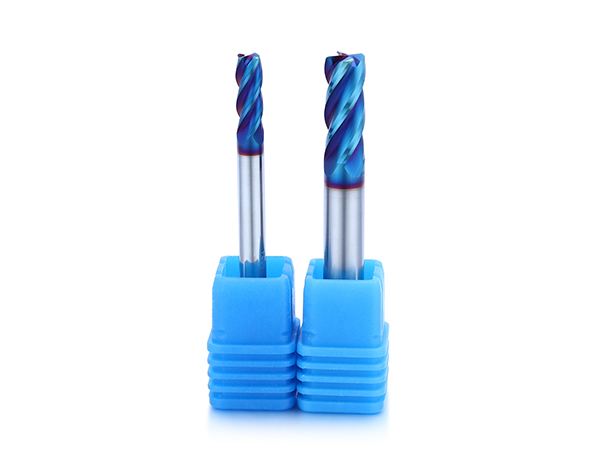
What are the factors of high hardness milling cutter tool wear
- Categories:carbide end mills news
- Author:
- Origin:
- Time of issue:2022-05-19 13:20
- Views:
(Summary description)The geometric angle of the tool: Selecting the appropriate geometric angle for the high-hardness milling cutter helps to reduce the vibration of the tool. Conversely, the graphite workpiece is not easy to chip;
What are the factors of high hardness milling cutter tool wear
(Summary description)The geometric angle of the tool: Selecting the appropriate geometric angle for the high-hardness milling cutter helps to reduce the vibration of the tool. Conversely, the graphite workpiece is not easy to chip;
- Categories:carbide end mills news
- Author:
- Origin:
- Time of issue:2022-05-19 13:20
- Views:
The geometric angle of the tool: Selecting the appropriate geometric angle for the high-hardness milling cutter helps to reduce the vibration of the tool. Conversely, the graphite workpiece is not easy to chip;

① Front angle. When machining graphite with negative rake angle, J-J has better edge strength, good impact resistance and friction performance. With the decrease of the absolute value of the negative rake angle, the wear area of the flank face does not change much, but the overall trend is decreasing. , When machining with a positive rake angle, as the rake angle increases, the strength of the tool edge is weakened, which leads to increased flank wear. When machining with a negative rake angle, the cutting resistance is large, which increases the cutting vibration. When machining with a large positive rake angle, the tool wear is serious and the cutting vibration is also large.
Reinforcement of tool edge: The passivation technology of tool edge is a very important issue that has not been generally valued by people. The edge of the carbide tool sharpened by the diamond grinding wheel has microscopic gaps (ie, micro chipping and sawing) of different degrees.
Machining conditions of the tool: Selecting the appropriate machining conditions has a considerable impact on the life of the tool.
① Cutting method (climb milling and up milling). The cutting vibration in down milling is smaller than that in up milling. During down milling, the cutting thickness of the tool is reduced from the maximum to zero. After the tool cuts the workpiece, the phenomenon of bouncing knife caused by the inability to cut chips will not occur. The cutting performance of the process system is good, and the cutting vibration is small. The cutting thickness increases from zero to the maximum. At the initial stage of cutting, the cutting thickness is thin, and a path will be scratched on the surface of the workpiece. At this time, if the cutting edge encounters hard points in the graphite material or chip particles remaining on the surface of the workpiece, all It will cause the bouncing or chattering of the tool, so the cutting vibration of up-cut milling is large.
Scan the QR code to read on your phone
Latest News
How to choose a milling chuck manufacturer

1500142340
monicaduan7
Copyright © 2020 Terek Tool Co.,Ltd. All Rights Reserved
Powered by www.300.cn



